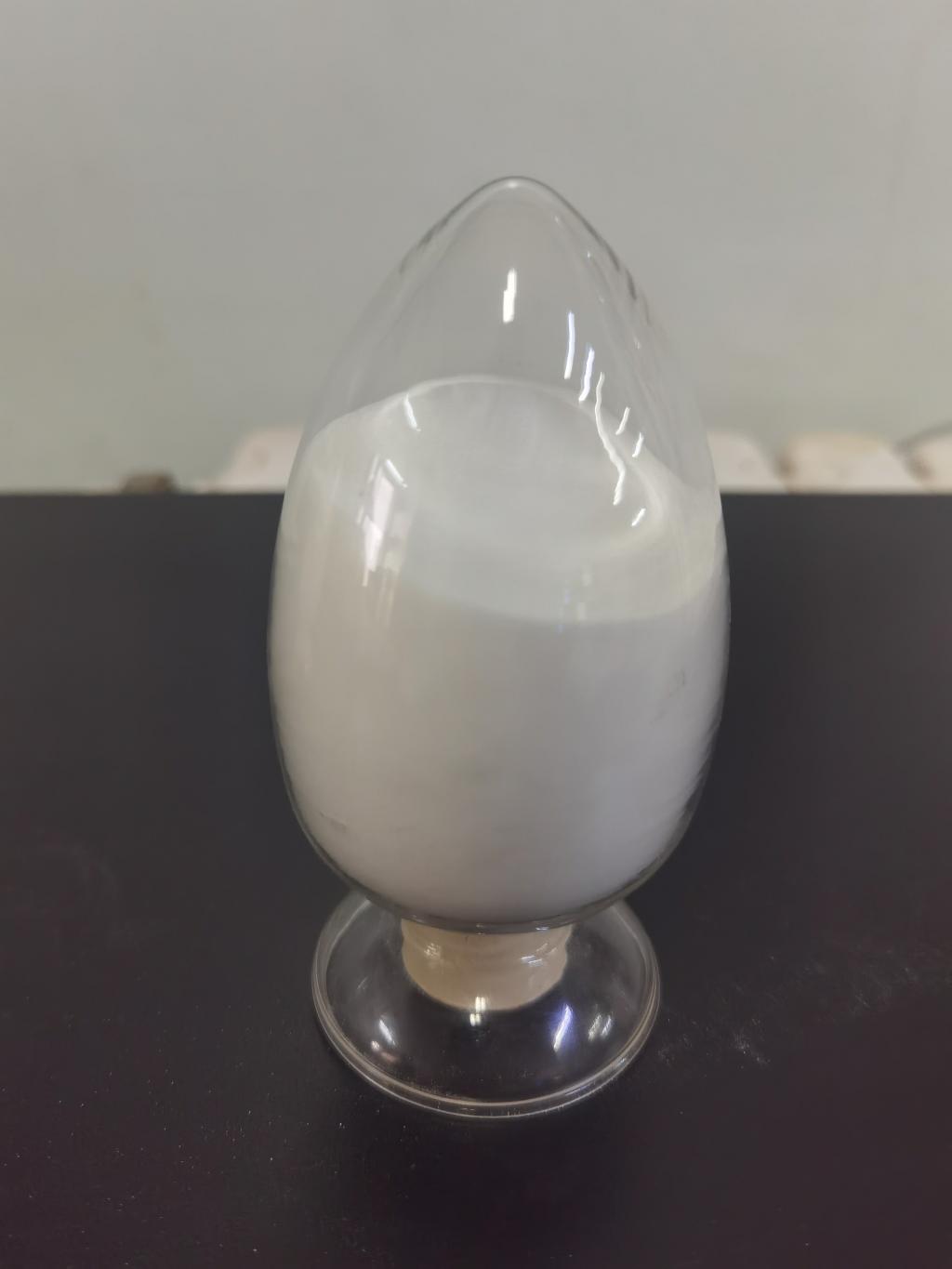Tel:0086 18231198596

News
Current Position:
Home >
News
>Exploring the eco-friendly nature of ε-Polylysine hydrochloride as a preservative.
Exploring the eco-friendly nature of ε-Polylysine hydrochloride as a preservative.
TIME:2024-04-16
Eco-Friendly Attributes of ε-Polylysine Hydrochloride:
Natural Origin:
ε-PL is derived from microbial fermentation, typically using strains of Streptomyces albulus or other suitable microorganisms. Unlike synthetic preservatives derived from petrochemicals, ε-PL is produced from renewable resources and has a minimal environmental footprint.
Biodegradability:
ε-PL is biodegradable, meaning it can be broken down by natural processes into harmless compounds over time. After use, ε-PL residues degrade into simpler molecules, reducing the risk of environmental accumulation and pollution.
Low Toxicity:
ε-PL is non-toxic and environmentally friendly, posing minimal risk to human health and the ecosystem. It is considered safe for use in food, cosmetics, and pharmaceuticals, with no adverse effects on consumers or the environment.
Minimal Residue:
ε-PL leaves behind minimal residues in treated products and the environment, contributing to cleaner production processes and reducing the need for extensive purification or disposal measures.
Applications of ε-Polylysine Hydrochloride:
Food Preservation:
In the food industry, ε-PL is utilized as a natural preservative to inhibit microbial growth and extend the shelf life of perishable foods. It is commonly used in dairy products, meat and poultry, bakery items, canned foods, and beverages to maintain product freshness and safety without compromising quality or flavor.
Cosmetic Formulations:
In cosmetics and personal care products, ε-PL serves as a natural antimicrobial agent to prevent bacterial and fungal contamination. It is incorporated into skincare products, color cosmetics, hair care formulations, and personal hygiene products to ensure microbiological stability and product safety.
Pharmaceutical Applications:
In pharmaceutical formulations, ε-PL acts as an eco-friendly preservative to inhibit microbial growth and maintain product integrity. It is used in oral medications, topical creams and ointments, ophthalmic solutions, and injectable formulations to prevent microbial contamination and ensure patient safety.
Benefits of ε-Polylysine Hydrochloride as a Sustainable Preservative:
Environmental Sustainability:
ε-PL supports environmental sustainability by reducing reliance on synthetic preservatives derived from non-renewable resources. Its natural origin, biodegradability, and low toxicity contribute to greener production practices and a reduced environmental footprint.
Consumer Safety:
ε-PL offers a safe and eco-friendly alternative to synthetic preservatives, alleviating concerns about potential health risks associated with chemical additives. Consumers can feel confident in the safety and sustainability of products preserved with ε-PL.
Regulatory Compliance:
ε-PL meets regulatory requirements for use as a food additive, cosmetic ingredient, and pharmaceutical excipient in many countries worldwide. Its eco-friendly profile aligns with regulatory trends favoring natural, sustainable ingredients.
Challenges and Future Prospects:
Cost-Effectiveness:
While ε-PL offers numerous benefits as an eco-friendly preservative, its cost-effectiveness compared to synthetic alternatives remains a consideration for manufacturers. Continued research and technological advancements may help reduce production costs and improve the economic viability of ε-PL.
Market Acceptance:
Increasing awareness and acceptance of ε-PL among consumers, manufacturers, and regulatory agencies is crucial for its widespread adoption as a sustainable preservative. Education initiatives, transparent labeling, and demonstration of efficacy and safety can help build trust and confidence in ε-PL.
Innovation and Collaboration:
Continued innovation in ε-PL production, formulation, and application methods, as well as collaboration between industry stakeholders, researchers, and policymakers, will drive the development and commercialization of sustainable preservative solutions.
Conclusion:
ε-Polylysine hydrochloride represents a promising eco-friendly alternative to synthetic preservatives, offering natural origin, biodegradability, low toxicity, and minimal environmental impact. As consumer demand for sustainable products continues to rise, ε-PL provides a viable solution for preserving the safety, quality, and shelf life of food, cosmetics, and pharmaceuticals while promoting environmental stewardship. By embracing ε-PL as a sustainable preservative and investing in research, innovation, and collaboration, industries can contribute to a greener, healthier future for the planet and its inhabitants.

 CONTACT
CONTACT




